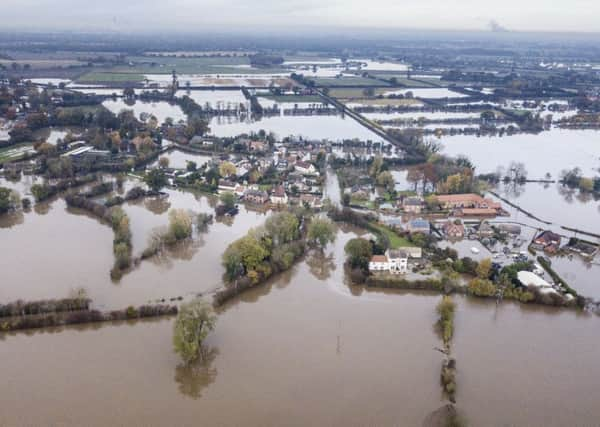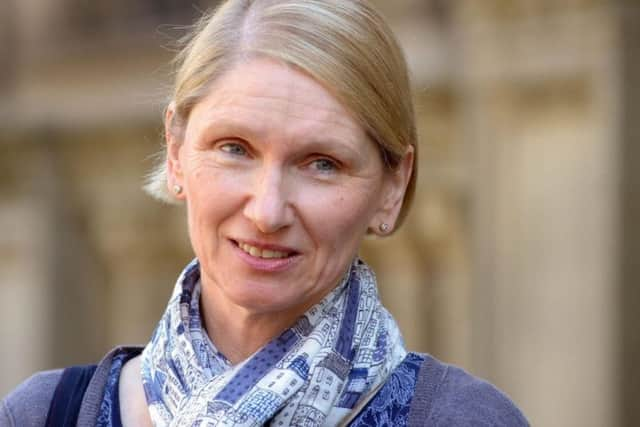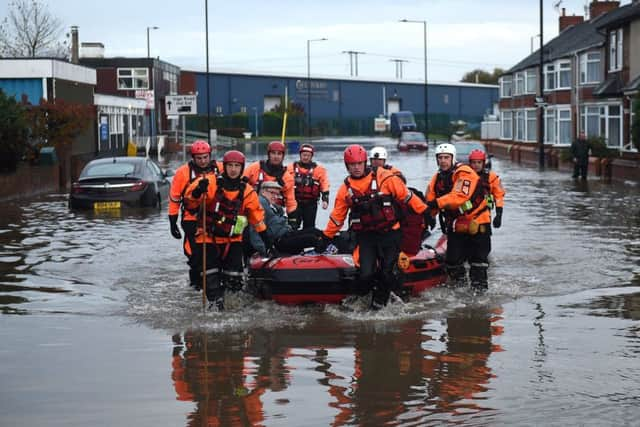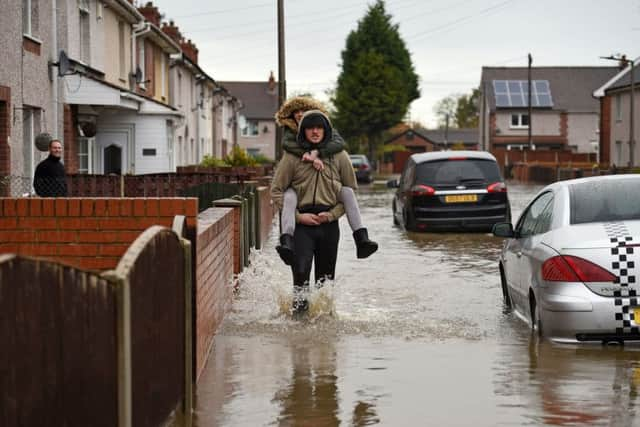South Yorkshire floods prove this should be the climate change general election – Alison Teal


Luckily, this time, it didn’t, quite. Cellars were inundated, but ground floors, from which some residents had removed their valuables, were not. A video I took that night of the River Sheaf shows the force and volume of the water flowing down. Not quite as bad as 12 years ago, the flood defences proved sufficient.
Advertisement
Hide AdAdvertisement
Hide AdThat was scant comfort, however, to the people of Doncaster who experienced severe flooding – many blame water being pushed to them from Sheffield’s defended areas, as a result of new defences constructed after 2007.


It was reminder that water, landing as it increasingly is in this climate emergency, in high volumes at great rates, has to go somewhere. If defences are built in one location, the water that would have rushed through, or settled there, has to go somewhere, and there’s a great risk of simply moving problems around.
Advertisement
Hide AdAdvertisement
Hide AdFlooding is not a danger we can build our way out. We have to rethink our whole management of land, in the uplands around Sheffield and within the city itself. “Slow the flow” – with trees, with restoration of hedges, ponds and wetlands, with very different land management – has to be the way forward.


Last year Sheffield Green Party produced a report on the management of the uplands, and one of the issues that highlighted was how the management of land for driven grouse shooting in particularly was contributing to our flood risk (as well as to the climate emergency through reducing carbon stores). We cannot continue to allow such practices to endanger others.
But there’s a lot we can also do within Sheffield. We’ve seen in recent years increased concreting over of gardens for parking spaces – increasing the run-off of water that again has to end up somewhere. That’s associated with our congestion and air pollution problems, of course, but also with private landlords seeking to minimise maintenance costs, at the expense not only of flooding but also human wellbeing.
The UN’s Healthy Urban Microbiome Initiative (HUMI) highlights how important trees, shrubs and other plants are to our wellbeing. That was one of the reasons why residents were so passionately determined to defend their street trees against the depredations of Amey and Sheffield Council. The loss of so many trees before the unnecessary destruction was halted also has a flooding impact.
Advertisement
Hide AdAdvertisement
Hide AdIt’s a reminder, too, of how we need to safeguard the green spaces – parks and gardens – that are crucial for slowing the flow of rainwater into our streams and rivers, and a reminder of how we need to rethink our building practices.


On Western Road there’s a shining example of best practice – a newly-built private home with a green roof, that will again “slow the flow”, with rainwater butts that catch rain and use it as “grey water” to flush the loos. We should be building at the very least all new social housing – but ideally all new housing – to these standards of environmental management.
We need to tread far more lightly on this Earth. Our fragile planet is right at its environmental limits not just in terms of the climate emergency, but also in the damage done to our soils, the levels of plastics choking every environment, the destruction of biodiversity and bioabundance.
I was reminded by the levels of damage we’ve already done by conversations with my daughter in Australia. She’s in the middle of a major city, so I’m not – terribly – worried about the bushfires. but no one is unaffected: she’s suffering nosebleeds from the high level of air pollution from the fires.
Advertisement
Hide AdAdvertisement
Hide AdFires raging across the Southern Continent, floods ravaging South Yorkshire: the damage we’ve wrought, and the dangers to all of our futures if we don’t acknowledge the need to live within the planets limits, are truly biblical.
There are many issues being debated in the General Election, Brexit of course high among them. But this has to be the climate election – the election at which the state of the natural world on which we all depend is put at the heart of every debate. We’re running out of time. We must act now.
Alison Teal is a Green Party councillor and candidate for Sheffield Central in the general election.